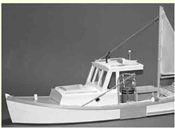
Download a PDF to build part two of our 1:20.3-scale lobster boat. Part two includes finishing and detailing the boat. Note: This PDF is tiled to print on your home printer. Two “overview” pages will print first, followed by the full-size plans. Each page has 1 1/2″ of intentional overlap. Trim the excess paper from […]
Read More…

A cranky, old toy train locomotive with a terrible growl, a hot-running motor, and anemic power may be trying to tell you something. Before deciding to retire it, though, check the clearance in the armature brushplate bushing. A worn or defective bushing often results in one or more of these locomotive maladies. The solution is […]
Read More…
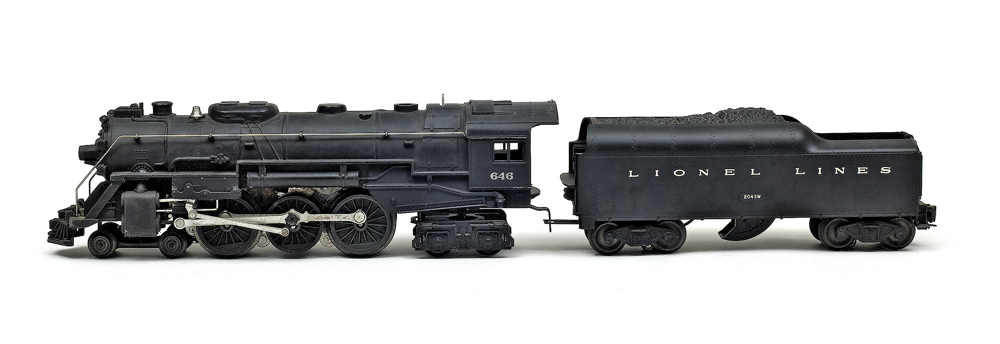
Restoring an old toy train can be great fun, and once the project’s done, it can give you a great feeling of accomplishment. Restoring your own items also can save money when compared with buying an original or a completed restoration in equivalent condition. One of the keys to a successful restoration, though, it picking […]
Read More…

Finding older Lionel and American Flyer cars in good shape at a bargain price can be a challenge, because over the years, collectors have scooped up many of the really clean pieces. That’s no reason to despair, though – many of those grimy $5 and $10 cars you find at shows and shops are actually […]
Read More…
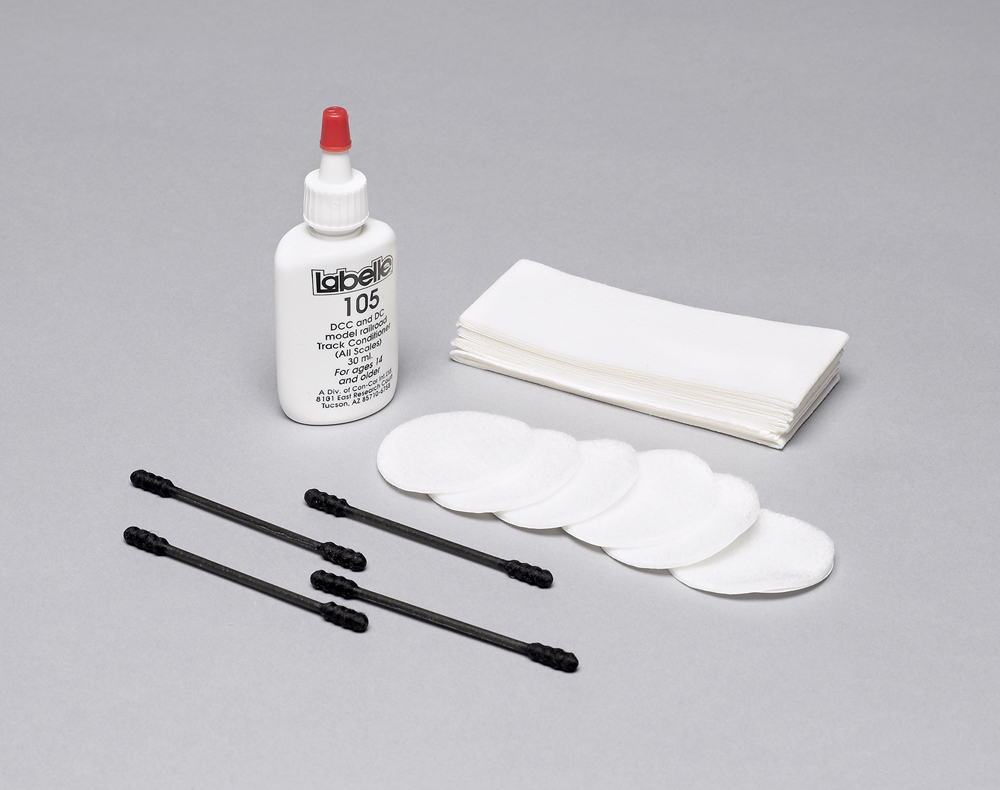
For better or worse, the wheels of O and large scale trains seem to attract more grease and grime than those of HO and N scale pieces. Perhaps it’s the size of the trains, perhaps the shape of the wheels, or perhaps it’s carbon that gets deposited during operation, but either way they get filthy […]
Read More…
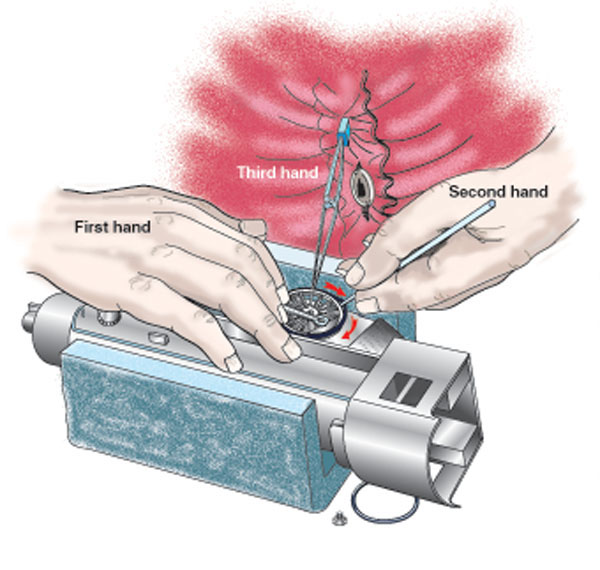
When it comes to replacing a broken traction tire on a steam locomotive, it helps to have a sense of humor. That and a third hand. I don’t have a third hand to lend you, but I can offer you the tips below to get a leg up on this friction-fraught task. Traction tires have […]
Read More…
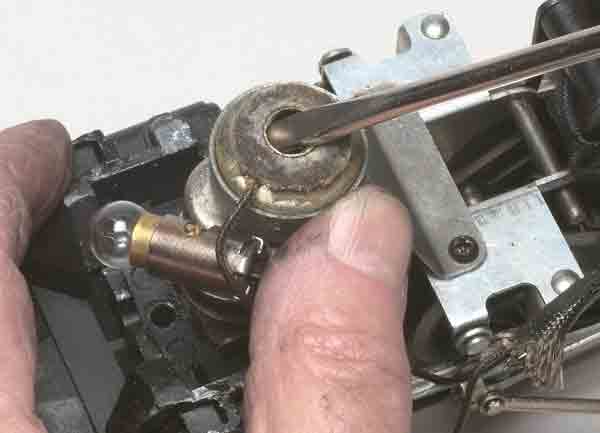
Fig. 1: Pry off the original smoke unit cover with a screwdriver to gain access to the inside. Fig. 2: Remove the heater coil and smoke unit lining, both of which will be replaced in the conversion. Fig. 3: After scrapping and cleaning out all the pellet residue, make sure the air hole is not […]
Read More…
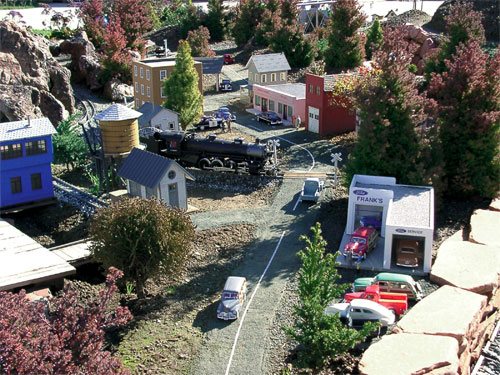
A two-lane road takes traffic through town on the author’s railway. Roads constructed by this method are durable, permanent, and realistic. Ken Correa I have seen many beautiful railways in all scales that were authentic in every detail, with realistic scenes and scenery, but were lacking one major detail-roads. Roads running through a railway add […]
Read More…

This railtruck is constructed primarily out of old tin cans. Here it awaits its driver for a trip down the rails of the author’s Ogden Botanical Railway. Marc Horovitz The underbody detail was supposed to be made of wooden shapes (according to the plan), but ended up here rendered in tinplate. The differential was turned […]
Read More…

Download these free plans for a work caboose! They accompany our “Garden railway basics” articles from the June and August 2006 issues. Follow along with author Kevin Strong to build a work caboose from styrene. […]
Read More…
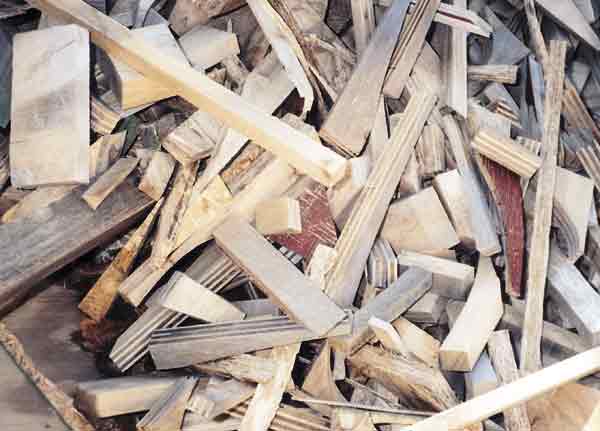
Scrap wood, like that pictured here, is readily available and free for the asking. Rene Schweitzer Trestles! Bridges! Cribbing! Wooden rolling stock! There are many applications of unpainted wood for an outdoor pike to challenge the beginner and veteran alike, all requiring tools, time, money, and skill. The most common choices of wood for outdoor […]
Read More…
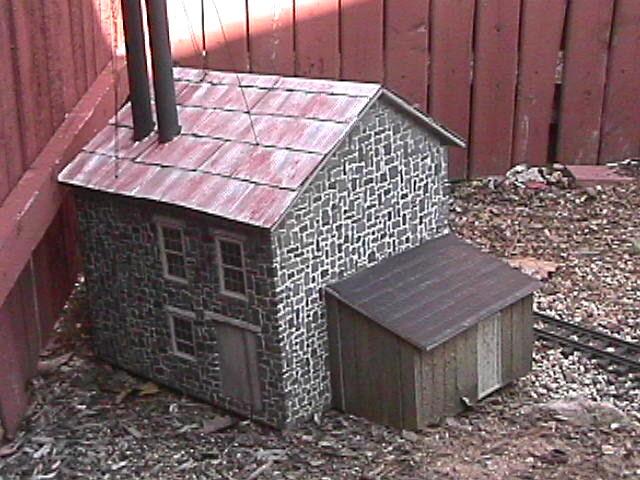
This structure on the Greenbriar Cheat & Elk railway was made out of blue foam insulation board. Randy Mower I have been scratch building structures for my Greenbriar Cheat & Elk garden railroad since 1993. Although I have commercial structures on my railway, I wanted to have buildings that were unique to my railroad, so […]
Read More…












